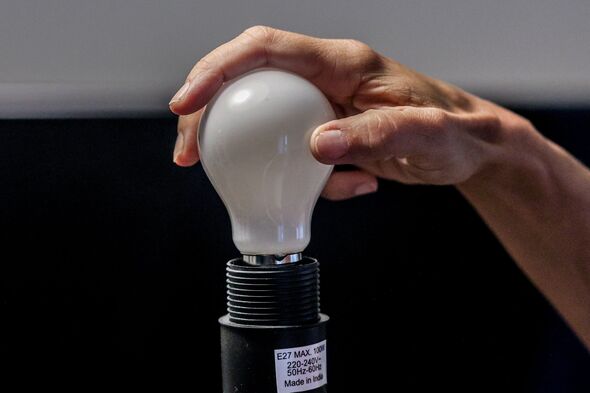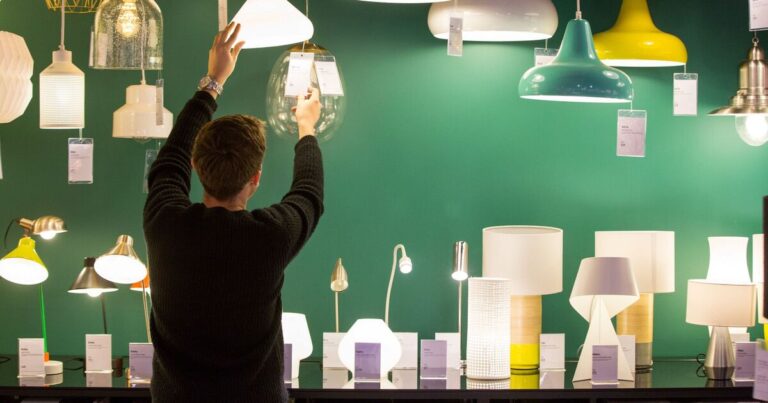
State pensioners facing a tough winter after losing their £300 Winter Fuel Payment are being told how to slash as much as £201 off their electricity bills for every light bulb they change.
And as energy prices increase by another £149, state pensioners are looking to do whatever they can to save money this winter especially now that a £300 Cost of Living payment has been axed and a £300 Winter Fuel Payment has been switched to means testing.
But home appliance experts are urging people to make one lightbulb change and save as much as £201 off their bills over the long term.
Many households across the UK are still using Halogen lights. These old style lightbulbs were banned from sale by the EU back in 2018 but many people stocked up before they were pulled from shelves, and many households still have these old Halogen lights in their kitchens, bedrooms, hallways and bathrooms because they last for years before they pop and need replacing.
But even if you have Halogen bulbs that haven’t gone out yet, you should still replace them – because LED bulbs are so much cheaper to run.
A typical Halogen bulb costs £225 to run through its lifetime of 24,000 hours at 26p per unit, whereas an LED bulb run for the same amount of time costs £24.
That difference is PER bulb, so if you replaced ten Halogen bulbs, you’d save not just £201, but £2,010, over the course of their lifetime.
The saving is because LEDs work differently to Halogen. Halogen bulbs produce heat, and light is simply a byproduct – and this is a good way to tell if you have a Halogen bulb if you’re not sure.
If the bulb is extremely hot to the touch after running for an hour or so, it’s probably Halogen, whereas LEDs never get burning hot.
The Green Age says: “LEDs last 12-15 times longer, they use 90% less energy and so overall contribute to enormous savings on your electricity bills – so what are you waiting for? The reason for these savings is because halogen bulbs, much like traditional incandescent bulbs produce light as a byproduct when they get hot. LED bulbs however work differently – providing light as electrons pass through a semi conductive material, so first and foremost they produce light far more efficiently.”


















